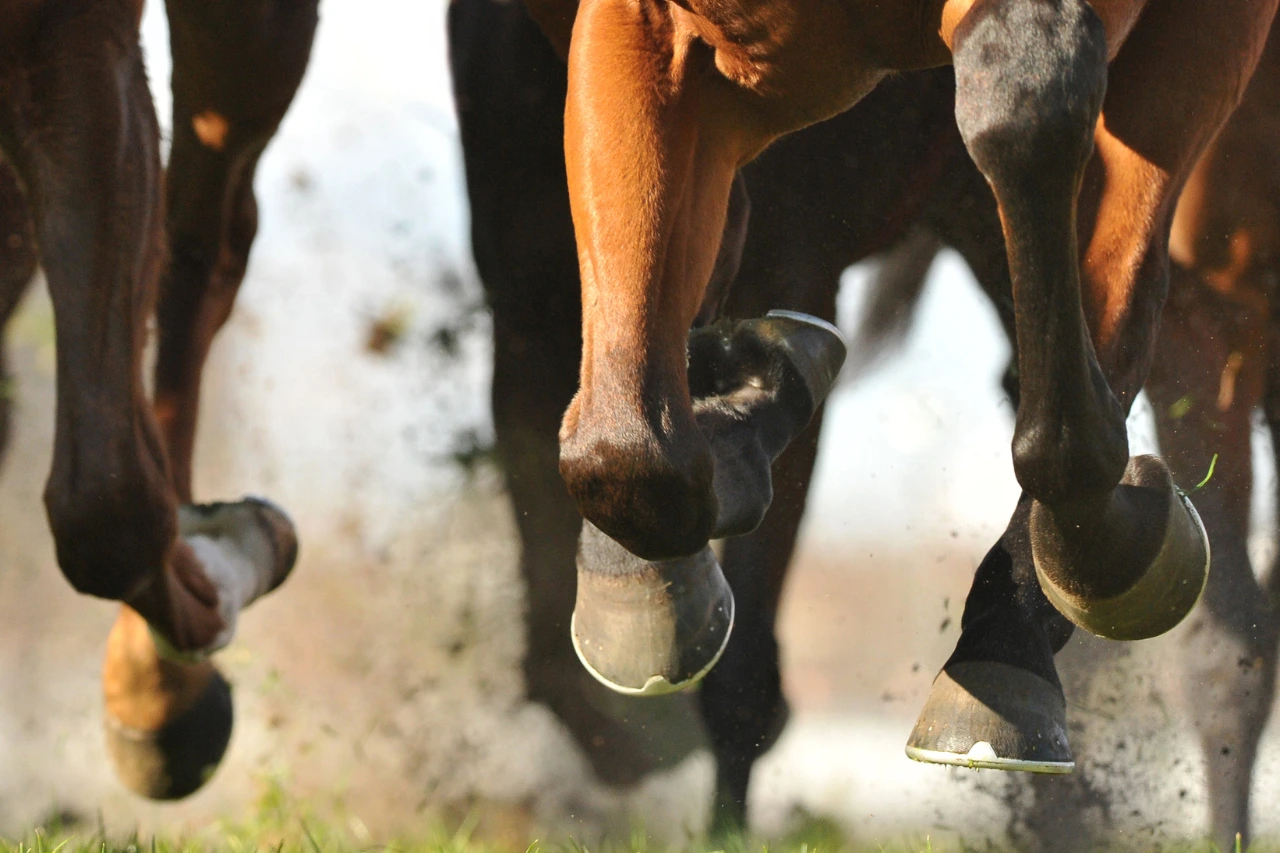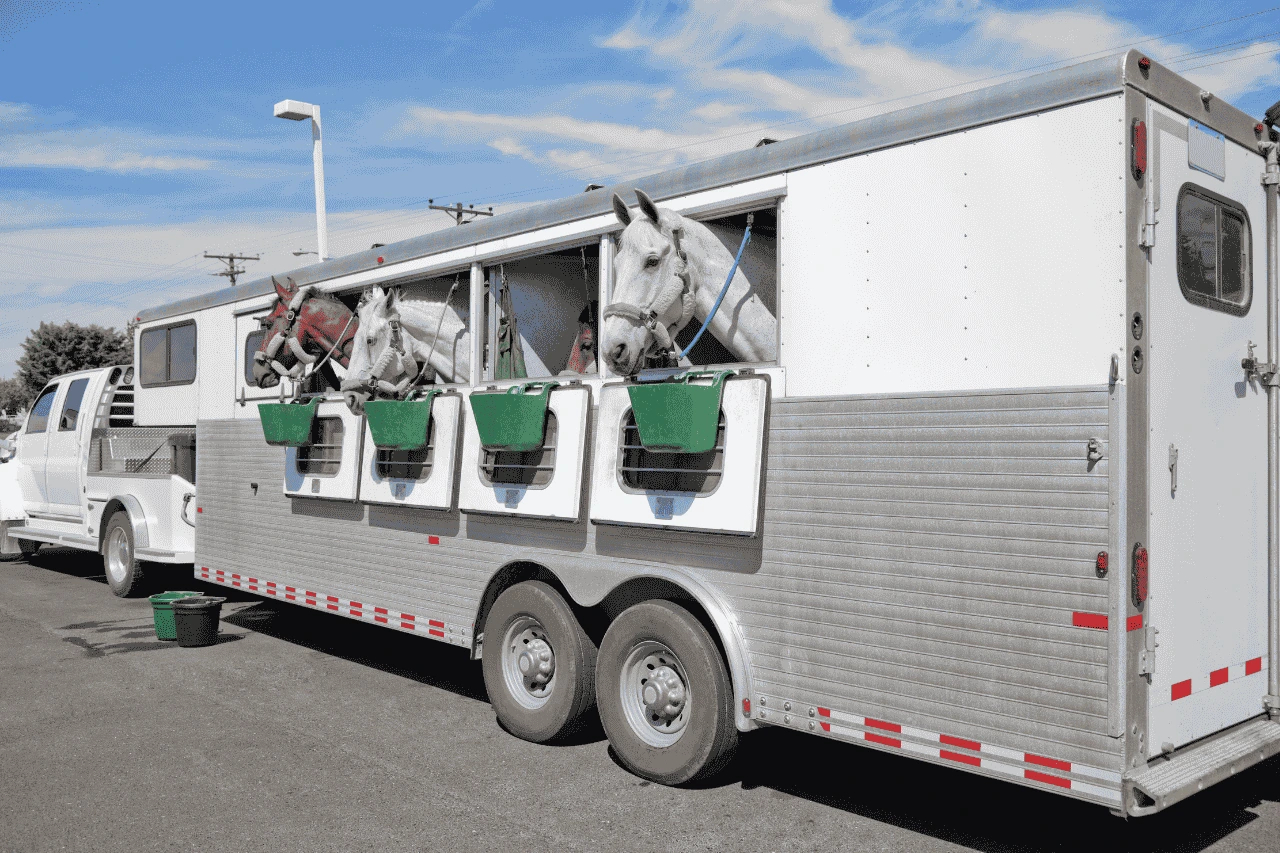Transporting elite equine athletes to the Olympics is a highly organised process that combines international logistics, strict animal welfare regulations, and the highest levels of care. Horses are more than just cargo, they are valuable competitors and need to be treated with the utmost attention throughout the moving process.
From specialised air travel to custom-made stables, every detail is optimised for their health and performance.
Below, we break down exactly how horses are transported to the Olympics.
Pre-Travel Preparations for Olympic Horses
Before a horse even steps onto a plane, there is a thorough planning phase months in advance. Each Olympic horse must meet stringent health, vaccination, and documentation requirements outlined by both the FEI (Fédération Equestre Internationale) and the Olympic host country.
- Veterinary Examinations: Horses undergo multiple veterinary checks to confirm they are free from infectious diseases and fit to travel.
- Vaccinations and Quarantine: Depending on the origin and destination countries, horses may require vaccinations against diseases like equine influenza, along with quarantine periods that can last from several days to weeks.
- Export and Import Permits: Teams work with government agencies to obtain the correct export licences, health certificates, and customs clearances.
- Travel Conditioning: Horses are gradually introduced to the experience of travel, including getting used to loading into air stalls and dealing with noise and movement.
Planning to ship your horse for a race or event? Let JCS Livestock handle the journey with care, get a horse transport quote now!
Equine Air Travel: Flying in Style
Air travel is the preferred method for transporting Olympic horses internationally. Commercial freight carriers such as Emirates SkyCargo, FedEx, and KLM Cargo operate dedicated equine flights with specially trained staff on board.
Equine-Friendly Aircraft Cabins
- Custom Air Stables: Horses are flown in specially designed containers called air stalls. Each air stall usually accommodates one to three horses and allows enough room for the horse to stand, lie down, and move slightly.
- Climate Control: The aircraft maintains a constant temperature and humidity level, ensuring that the horses remain comfortable throughout the flight.
- Sound Dampening: To reduce stress, aircrafts use noise suppression technology and smooth-takeoff profiles.
Grooms and Veterinarians on Board
- Flying Grooms: Every horse travels with at least one experienced groom who monitors feeding, watering, and general behaviour.
- Veterinary Oversight: A veterinarian may accompany the team, especially for long-haul flights, to address any health concerns during transit.
Ground Transport with Maximum Comfort
Before and after the flight, horses are transported via specialised horseboxes or lorries equipped with advanced shock absorption, air suspension, and non-slip flooring.
- Loading and Unloading: Trained handlers manage the loading process to be calm and efficient, reducing stress and risk of injury.
- Rest Stops and Layovers: During longer ground trips, frequent rest stops are scheduled to allow horses to hydrate, rest, and be monitored.
- Route Planning: Teams use GPS navigation and real-time traffic monitoring to avoid delays and minimise the travel duration.

Arrival and On-Site Quarantine
Once at the Olympic host country, horses are taken to designated equine quarantine facilities for final health checks before being allowed into the Olympic Village stables.
- Biosecurity Measures: The facility enforces strict rules such as disinfection procedures, restricted access, and separate gear to prevent the spread of disease.
- Monitoring Period: Veterinary teams conduct daily health inspections, including checking temperature, pulse, and respiration.
- Adaptation Phase: Horses are gradually acclimatised to their new environment, including different climate, feed, and water.
Olympic Stabling Facilities
Once cleared, horses are transferred to the Olympic equestrian venue, where stables are equipped with top-tier amenities.
- Spacious Individual Stalls: Each horse has its own secure and ventilated stall, often with rubber matting and comfortable bedding.
- On-Site Medical and Therapy Units: Facilities include veterinary stations, farrier services, and equine physiotherapy units.
- Feeding and Hydration: Teams confirm horses are given custom feed and electrolyte-balanced water suited to their specific needs.
Don’t leave your horse’s transport to chance. Choose JCS Livestock for reliable, stress-free horse shipping. Book Horse Transport Service today!
Post-Competition Travel and Recovery
Following the events, horses undergo another round of veterinary assessments and may spend time in recovery quarantine before returning home.
- Cooling Down Period: After intense physical exertion, horses require cool-down walks, hydrotherapy, and rest.
- Return Logistics: The process of returning horses mirrors the pre-travel phase, with careful coordination of flights, ground transportation, and documentation.
- Reintegration to Routine: Once home, horses are gradually reintegrated into their regular training schedules under the guidance of equine physiologists and trainers.
Security and Insurance for Equine Olympians
Olympic horses are often worth millions of pounds, making security and insurance coverage critical components of transport.
- High-Value Insurance Policies: These cover not only transport risks but also loss of performance and accidental injuries.
- Surveillance and Escort Services: Some countries employ armed escorts and live GPS tracking throughout the journey for added protection.
- Disaster Preparedness: Emergency protocols are in place in the event of weather disturbances, technical malfunctions, or health emergencies.
Let JCS Livestock Take the Reins in Your Horse Transport Journey
Whether you’re moving your horse across cities or continents, for the Olympics, horse racing, or any special event, we handle every detail with precision and care, so you don’t have to worry. From expert veterinary support to quarantine management, our dedicated team guarantees your horse travels safely and comfortably.
Trust JCS Livestock to deliver peace of mind alongside expert equine transport services tailored just for you.
Conclusion
The transport of horses to the Olympics is a highly specialised operation that showcases the intersection of logistics, veterinary science, and elite sports management. Each phase from pre-departure prep to return home, is executed with precision and compassionate care.
It’s a process designed not only to protect the health of the horses but to make certain that they arrive in peak condition, ready to perform on the world’s biggest stage.
